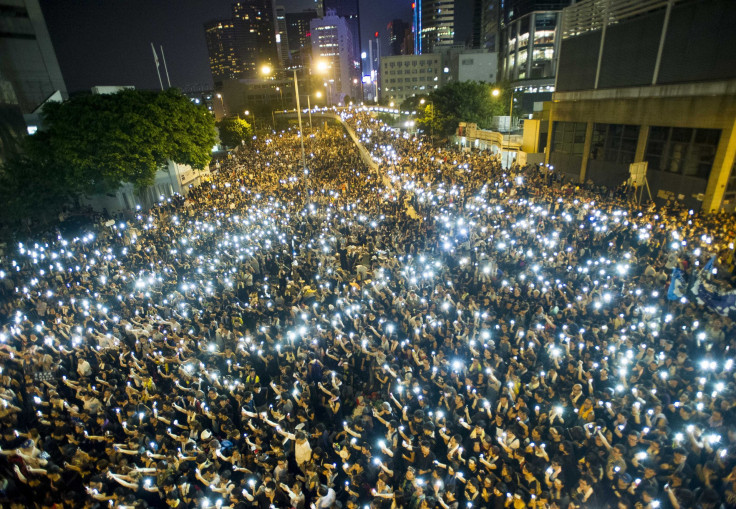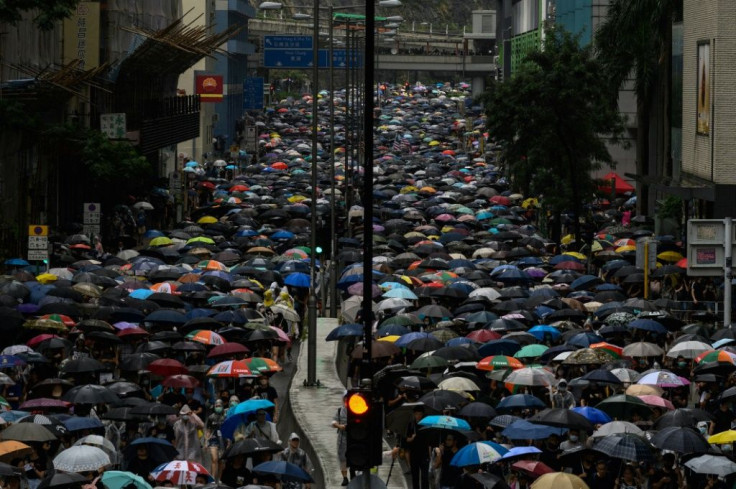Hong Kong's Current Wave Of Protests Now Longer Than 2014 'Umbrella Movement'

The unrest in Hong Kong has now surpassed the 79-day protests in 2014 known as the “Umbrella Movement”, which ended with protesters being forcibly carried off by police and with their goals not attained. It left, however, a lasting impression on the protesters of today awaking a whole generation of new activists and politicians, some of whom would go on to be elected to the city's legislature.
Demanding election by “universal suffrage” instead of a process heavily controlled by Beijing was at the heart of the 2014 protests. The protesters promised they would return to demand a change in the way Hong Kong’s officials were elected but instead, protest leaders who held office were expelled for almost any reason and others faced arrest and jail time. China’s influence was rising, and the pro-democracy movement was waning.
The Hong Kong government managed to quell the unrest in 2014, but it did nothing to stop the radical effects the protests had on younger Hong Kongers. The teenagers, now young adults, felt the frustrations when the unpopular extradition bill was submitted to Carrie Lam's government. This was not unlike how the older protesters felt five years earlier. And, because the current protesters' demands have grown to include universal suffrage in how the city picks its leader, it seems that the original protesters promise to return has been fulfilled and re-energized.
Another factor adding to the frustration of the younger people is that Hong Kong is quite unequal in its “wealth gap” between the rich and poor. The protesters cite Carrie Lam’s pay that exceeds $600,000 and zero housing cost to the difficulty young people have in getting a small apartment. Lam did make a token gesture last year by giving $510 cash payouts to nearly 3 million people, but this did not have much of an impact on the larger problem.
The feeling among the pro-democracy side is that half of the government seats are appointed by industry and other non-democratic sectors and thus will cater to the whims of Beijing and Hong Kong “elites” instead of the average Hong Konger. And like any big city, housing prices and living costs rise each year, youth employment rates stay stagnant and many young graduates can’t find work.
Unlike the 2014 protests, the new 2019 unrest (that some are calling the Hard Hat Revolution) see new tactics being deployed by the protesters. Instead of a long drawn out campaign with people camping out on the streets, the new strategies use marches and spontaneous rallies at train stations, airports and government buildings or in areas where previous rioting did not occur.
The police are using the same tear gas and rubber bullet response as they did in 2014 that may not be quite as effective in controlling these mobs. The protests could go on for some time.

© Copyright IBTimes 2024. All rights reserved.





















